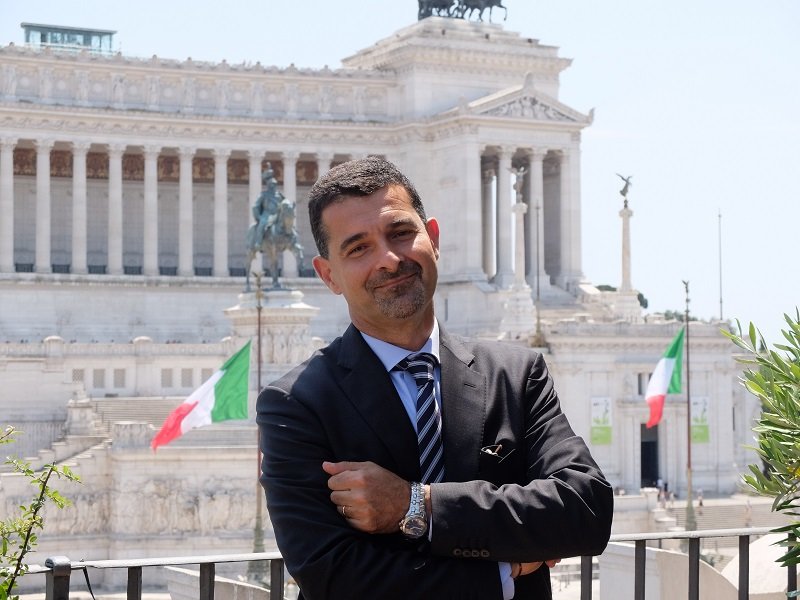With lots of new capacity for packaging paper slated to start up in Italy in the coming months and years, paper recycling is a key topic for the industry. EUWID talked to Massimo Medugno, Managing Director of Assocarta, the Italian association of paper producers, to discuss the upcoming developments.
Mr Medugno, in Italy, 22% of waste ends up in landfill. Why is this rate so high?
Yes, it is high compared to the European average. We have a smaller number of energy recovery plants for waste from the paper industry, whereas these are commonly found in other European countries.
What measures are being taken to improve this rate?
We are calling on the regions to carry out waste collection and planning at the regional level in order to adapt the capacity and number of waste management facilities. In the meantime, companies are also undertaking various measures to reduce waste generation and to improve the quality of the incoming material and the efficiency of the recycling process.
So, new plants are needed?
Yes, there are new paper recycling plants – meaning paper mills – but the sorting facilities are also improving their performance.
The recovered paper industry is currently undergoing a transformation. China is importing fewer volumes and this will likely prove to be a long-term trend. At the same time, Italy wants to increase and improve its collections. This causes the supply of recovered paper to grow and prices are low. What do you think are the solutions to this problem?
It will be incredibly important to work on the quality of the recovered paper that comes from separate collections. We have established guidelines for the automated inspections of recovered paper quality and have installed eleven such facilities in Italy. The increase in recycling capacity resulting from new paper mills in Italy and Europe will take care of the rest.
The announced new production capacities for corrugated case material will change the structure of the Italian market.
Yes, less recovered paper will be exported, and the new capacities will mean that less new paper will be imported into Italy.
Today, around 45% of the corrugated case material consumed in Italy comes from imports. With the newly announced capacities, will Italy become self-sufficient?
Italy exports more than 50% of its total production by value. Greater corrugated case material production will reduce Italy’s dependence on foreign markets for this kind of paper, presently around 1.5 million t. But it will be difficult to move towards self-sufficiency since some grades cannot be produced in Italy because certain raw materials are not available.
In your view, which areas of the paper industry have the greatest potential in Italy?
The packaging and corrugated case material segments. The rebuild of Burgo's Avezzano site, the upcoming start-up of the paper mill in Mantua and other announced measures, such as those by Burgo Verzuolo, Polesine, are steps in this direction. Further expansion opportunities could also arise in the business with other packaging paper grades.
And what will be the biggest challenges?
In the coming years, the paper industry can be a protagonist in the circular economy. In this context, it will be especially important to work on the quality of separate collections. Also, the valorisation of the use of gas as a transition fuel for the manufacturing industry is very important in order to reach the CO2 emissions reduction targets set out in the CEPI 2050 Roadmap.<spanTimes New Roman"" lang="EN-GB">

